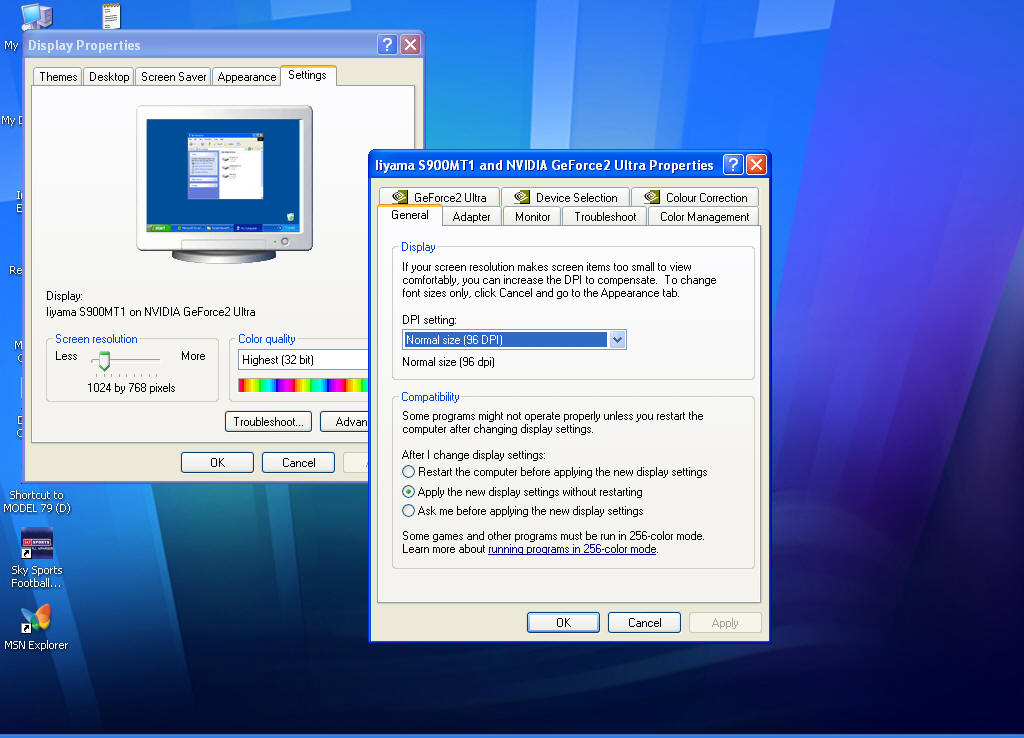

For Mac disks, it’s best if you read them on a vintage Mac then copy the files over to your Windows PC via a USB drive or a LAN.

Windows 10 or 11 can’t read Mac format Zip disks unless you use a special utility called HFSExplorer, with mixed results. Windows can read Zip disks formatted with FAT, FAT32, exFAT, or NTFS formats commonly used by MS-DOS and Windows over the decades. So if you formatted a Zip disk using a Mac before 2009, the odds are very high it’s in HFS or HFS+ format. But until Mac OS X 10.6 Snow Leopard (2009), the Mac operating system supported writing to HFS and HFS+ disks. What is a file system, you ask? It’s a software method that determines how an operating system writes data to (and reads data from) a storage medium such as a disk or hard drive. That’s because most Mac-formatted Zip disks use the now-obsolete HFS or HFS+ file system format that macOS today can’t read.

If you’re trying to read vintage Mac-format Zip disks with a recent Mac running an up-to-date version of macOS, you’ll run into a significant roadblock very quickly. RELATED: Even 25 Years Later, the Iomega Zip Is Unforgettable How to Copy Data From a Zip Disk to a Mac We’ll start with Mac first because that has the most caveats. We’ll cover each scenario in a different section below. Once you have a USB Zip drive in hand, how you proceed depends on if you’re working from a Windows PC or a Mac. But you’ll need a working Zip drive first. Otherwise, if your Zip disks are clean and in good shape, have been stored in a mostly climate-controlled space all these years, the odds are good that you’ll be able to read them. If your Zip disks are clean and were stored properly, reading them should be easy. Attempting to read a very dirty disk can further damage the data on the disk or damage the Zip drive that’s attempting to read it. If your disks show signs of extreme mold or water damage but the data on them is very valuable, it might be worth trying to contact a data rescue service first. Mold can grow on the magnetic disk surface itself in the wrong conditions, and that spells danger for your data. If your Zip disks have been stored in a hot, humid attic or damp basement for 20 years, it’s possible that you might have trouble reading them. First, Assess the Condition of Your Zip Disks To actually read the data you copy over, you’ll need to figure out how to use virtual machines or emulators such as DOSBox and vintage applications to convert your data into a format you can use, and that’s far beyond the scope of what we’re going to cover below.


 0 kommentar(er)
0 kommentar(er)
